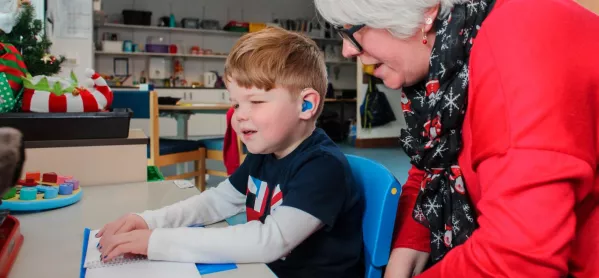
Get the best experience in our app
Enjoy offline reading, category favourites, and instant updates - right from your pocket.
Additional support needs: what the stats show
Amid calls for an ‘urgent review’ of support, what do the figures say about the problems pupils with ASN face?
Share
Additional support needs: what the stats show
https://www.tes.com/magazine/archive/additional-support-needs-what-stats-show




